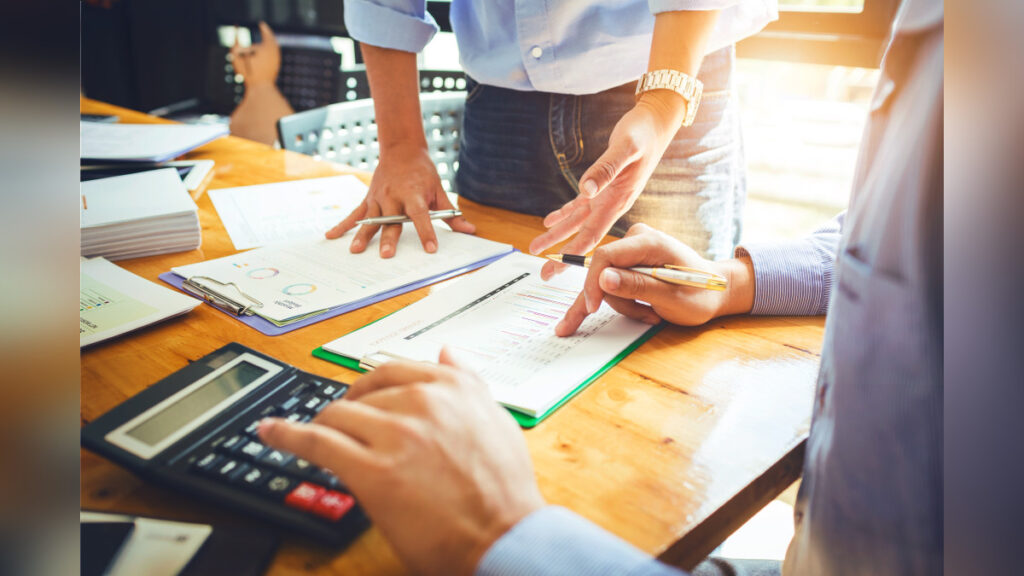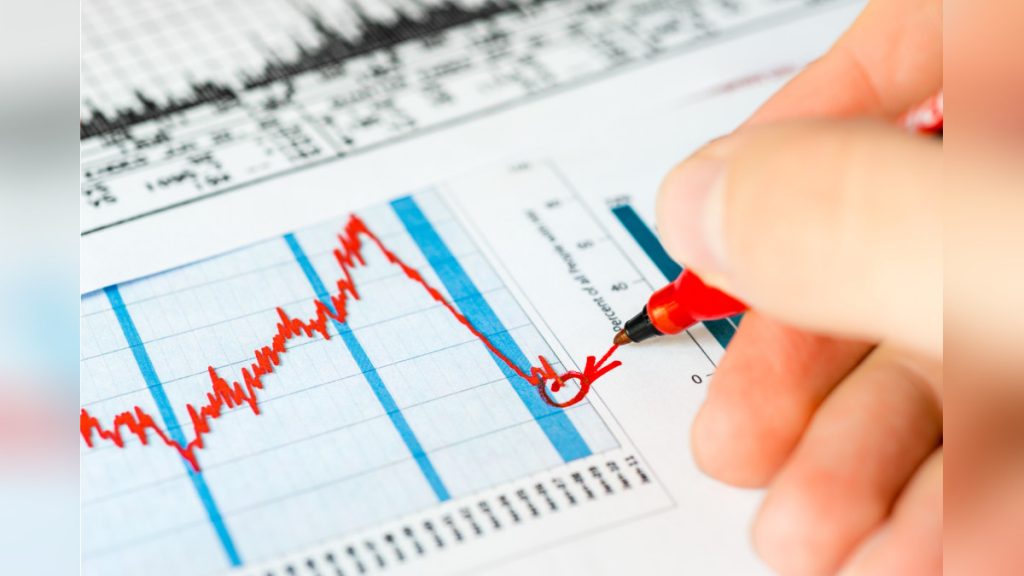This accounting mechanism allows to recognize the natural wear of the assets of a business.
The depreciation of assets is a key concept in the management of the accounts of any business. It is understood as such the decrease in the value of a good as a result of the natural wear and tear from use.
All the assets that are used in the activity of a business (machinery, office furniture, computers, vehicles, real estate, etc.) have a useful life time, after which they become unusable.
Depreciation makes it possible to recognize its wear and tear as an expense over time, and reflect it in the company’s income statements and in the payment of taxes.
Ways to calculate depreciation
Depending on the type of asset, depreciation can be established based on units produced or time elapsed since the asset was acquired.
Likewise, Australian law establishes a different regime -of accelerated depreciation- for goods acquired through leasing. “In accounting, depreciation is a way of assigning the cost to the different years (years) in which the asset is used,” says the professional.
The calculation of depreciation is made according to the tax regulations of each country. The regulations of the Income Tax Law establish the maximum limits for depreciating assets according to their nature.
Thus, for example, the maximum limit in the case of real estate is 5% per year, while for land transport vehicles (except railways), the maximum is 20% per year and in the case of livestock (working and reproduction animals) ), reaches 25%.
It is important to take into account – as the Anglo-Saxon website Investopedia points out – that depreciation is an accounting method, but it does not imply a real cash flow. In addition, the depreciation limits established by law do not necessarily coincide with the actual wear of the assets.
“For example, if you have an office equipment and your company is fishing and the office is on the dock, maybe it will depreciate in five years because of the humidity.
But if your office is where the climate is drier, it will probably depreciate in twelve years, “. However, in both cases, for tax purposes, said equipment will be depreciated at an annual rate of 10% over 10 years.
In any case, to determine the depreciation of the assets of your business, it is important to know the current legislation, which have a series of complexities. It is advisable to consult an accountant or -in case of disputes- with an expert in tax law.







